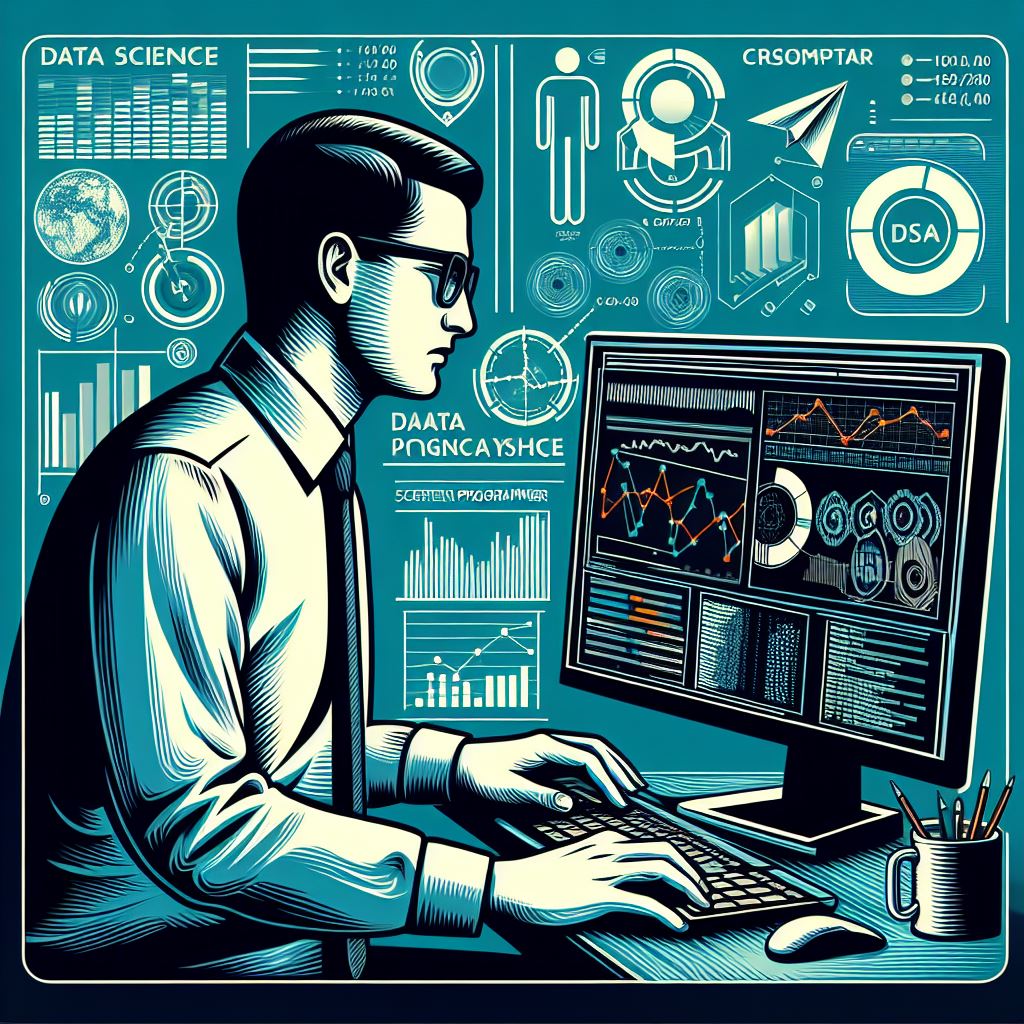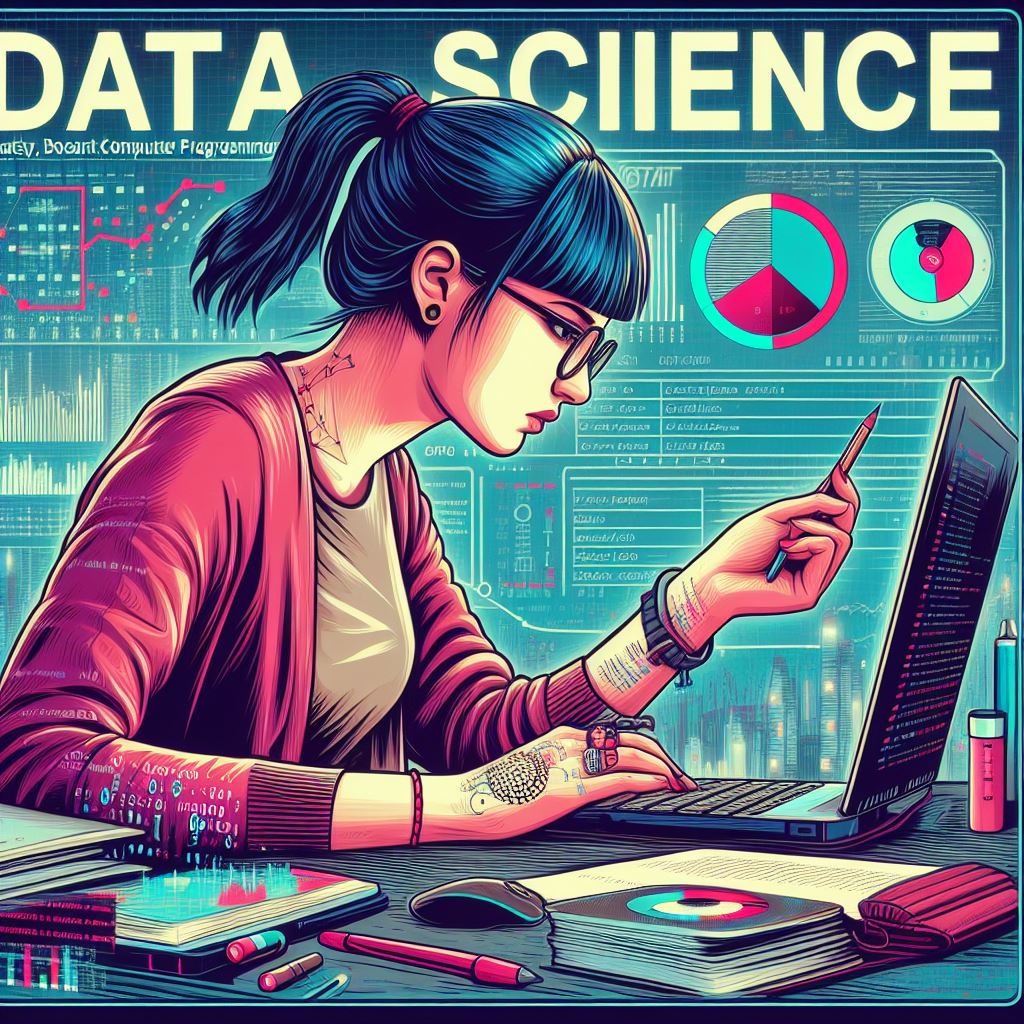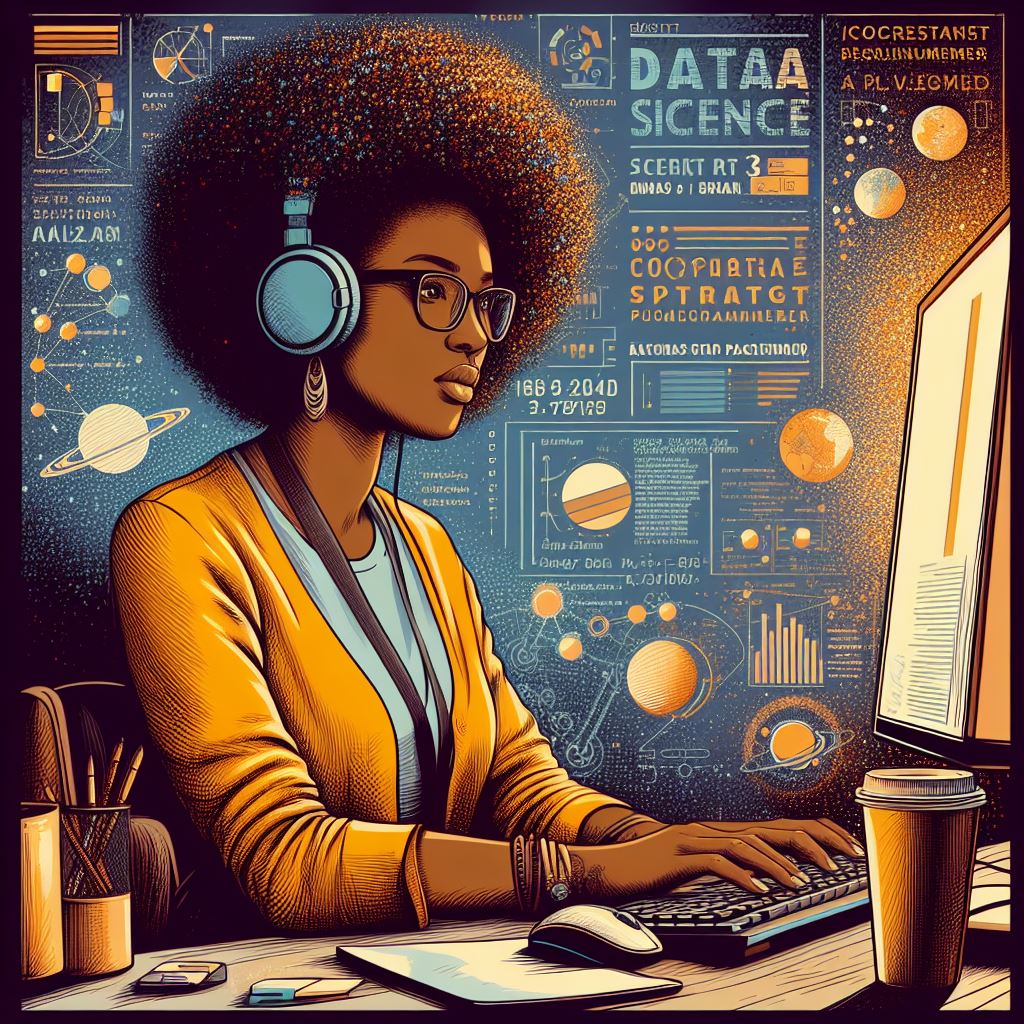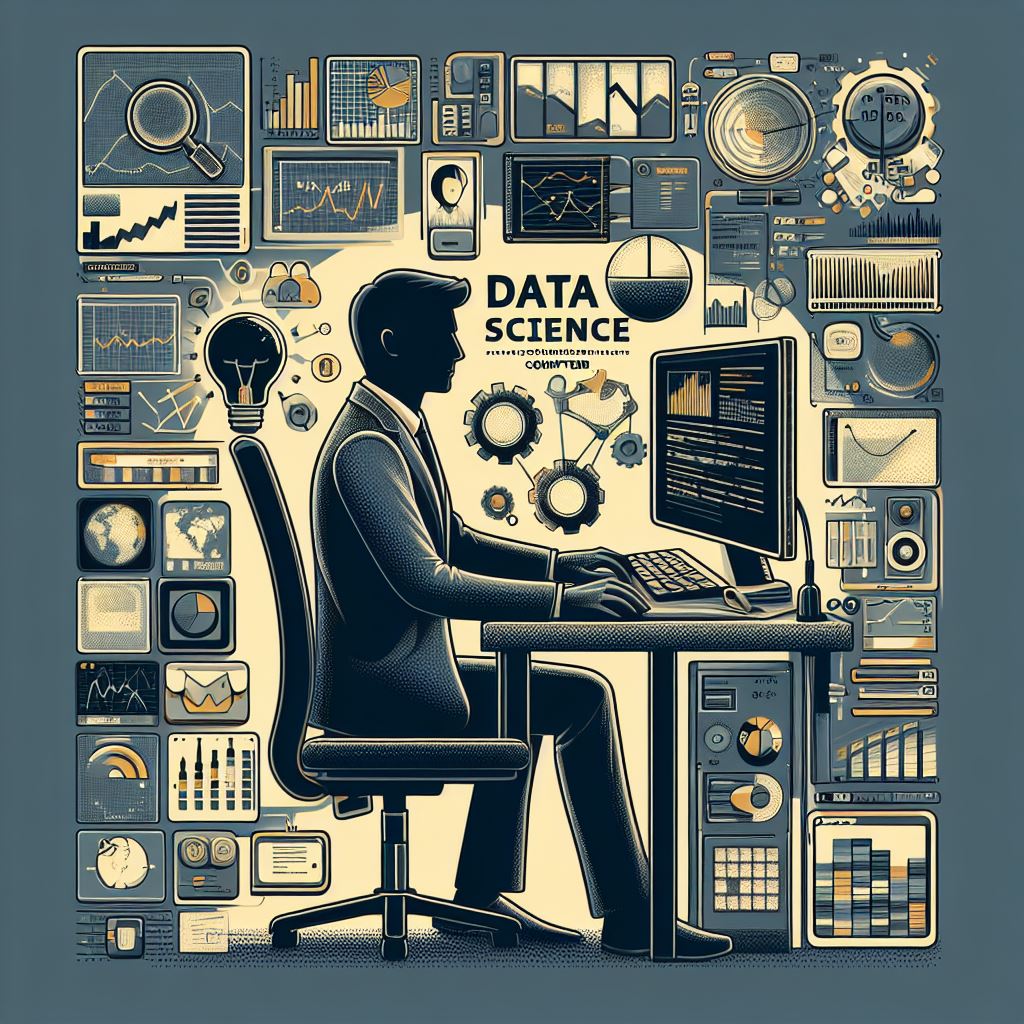Computer vision is a field of artificial intelligence (AI) that enables machines to interpret and understand visual data from the world. By mimicking the human ability to see and process images, computer vision systems are capable of recognizing objects, analyzing patterns, and making decisions based on visual input. The development of computer vision technology has paved the way for numerous applications across industries, from healthcare to automotive. This article explores the basics of computer vision, its current uses, and future trends that are shaping the field.
What is Computer Vision?
At its core, computer vision involves teaching computers to see and interpret visual data in a way similar to how humans do. It combines several subfields of AI, including machine learning, image processing, and neural networks, to process and analyze images and videos. The technology relies heavily on data training, where computers learn to identify patterns in images based on labeled data.
Applications of Computer Vision
Computer vision has revolutionized various sectors by automating processes that once required human intervention. Some of the key applications include:
Healthcare
In healthcare, computer vision is used to analyze medical images such as X-rays, MRIs, and CT scans. AI-driven systems can help detect abnormalities, such as tumors or fractures, with high accuracy, aiding doctors in making faster and more accurate diagnoses. This technology also plays a role in surgical robotics, where precise image analysis guides the robot’s movements.
Automotive
Self-driving cars rely on computer vision to navigate roads, detect obstacles, and recognize traffic signs. By processing visual data from cameras and sensors, these vehicles can make real-time decisions to ensure safe driving. Advanced driver-assistance systems (ADAS) also utilize computer vision for features like lane departure warnings and pedestrian detection.
Retail and E-Commerce
In the retail industry, computer vision is used for inventory management, customer behavior analysis, and personalized shopping experiences. For instance, AI-powered cameras can track inventory in real-time and alert managers when stock is low. Additionally, computer vision allows retailers to offer features like virtual try-ons or product recognition via mobile apps.
Manufacturing and Quality Control
In manufacturing, computer vision is employed to monitor production lines, detect defects in products, and ensure quality control. Automated visual inspection systems can quickly identify imperfections, reducing human error and increasing efficiency.
Security and Surveillance
Surveillance systems equipped with computer vision can monitor public spaces, analyze video feeds, and detect suspicious activities. Facial recognition, for example, is commonly used in security systems to verify identities and enhance safety protocols.
The Future of Computer Vision
As AI technology continues to evolve, the future of computer vision looks promising. Advances in deep learning and neural networks are improving the accuracy and speed of image recognition. Some emerging trends in computer vision include:
Edge Computing:
With edge computing, computer vision systems can process data locally on devices, reducing the need for cloud-based processing. This trend will lead to faster decision-making and lower latency, which is particularly beneficial for real-time applications like autonomous vehicles.
Augmented Reality (AR) and Virtual Reality (VR):
Computer vision is a key component in AR and VR technologies. By understanding the physical environment and recognizing objects, AR devices can overlay digital information onto the real world, creating immersive experiences. In VR, computer vision helps track the movement of users, making virtual environments more interactive.
AI and Deep Learning:
Machine learning algorithms, particularly deep learning, are expected to continue driving innovation in computer vision. These algorithms can automatically learn features from data without the need for explicit programming, improving the system’s ability to interpret complex visual information.
Integration with IoT:
The Internet of Things (IoT) is expanding, and computer vision will play a crucial role in connecting devices and enabling smart systems. By integrating with IoT sensors, computer vision can provide intelligent insights for various applications, from smart homes to industrial automation.
Conclusion
Computer vision is transforming industries and driving innovation across various sectors. As the technology continues to advance, it will become even more integrated into our daily lives, enhancing everything from healthcare to transportation. The combination of AI, machine learning, and deep learning promises exciting possibilities for the future of computer vision, making it a key field to watch.



